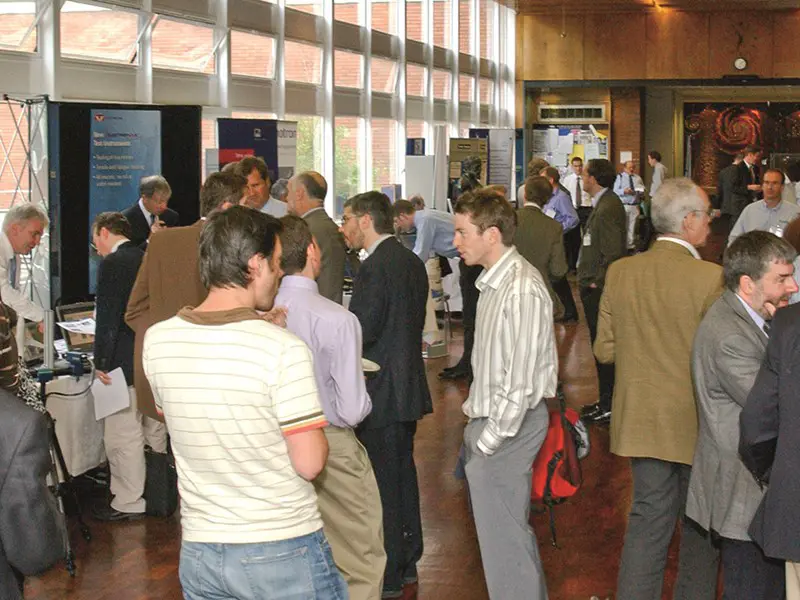Good Vibrations at NASA

Ground Vibration Testing at NASA Armstrong, Emphasizing on Passive Aeroelastic Tailored Wing Ground Vibration Test using Fixed Base Correction Method
Natalie Spivey, from the NASA Armstrong Flight Research Center gave the plenary talk at 2019 BSSM's 14th International Conference on Advances in Experimental Mechanics in Belfast, Northern Ireland. Natalie addressed the question 'How does experimental mechanics contribute to aircraft aeroelastic airworthiness?'
The aviation community is always improving analysis and testing techniques to realize quicker, cheaper, reliable solutions. NASA Armstrong’s Flight Loads Laboratory (FLL) specializes in structural modal and loads testing of aerospace research structures to aid in structural airworthiness effort for flight-testing. A ground vibration test (GVT) is conducted to identify structural mode shapes, frequencies, and damping values to validate analytical models used for flutter analysis, which shows whether a structure has acceptable aeroelastic / flutter margins for airworthiness.
The FLL recently conducted a GVT of the Passive Aeroelastic Tailored (PAT) Wing using an experimental modal technique called Fixed Base Correction (FBC). The GVT objective was to obtain the PAT wing modal characteristics to compare test results with finite element model (FEM) results for the tow-steered wingbox. To streamline the GVT and significantly save project resources, the GVT used the same hardware as the later loads test with the wing cantilevered from a test fixture. This setup differed from a traditional GVT setup with non-ideal boundary conditions for modal testing; however, with this new and unique FBC method, the same loads test boundary conditions were acceptable for the GVT because the technique essentially removes and de-couples the fixture response from the wing response, which aids in comparing modal ground test results to FEM modal results. This experimental FBC technique allows test articles to be tested with non-ideal modal testing boundary conditions that can complicate testing and drive up cost and schedule. The FBC method demonstrates how experimental mechanics finds unique engineering solutions in the aeroelastic community.
(Large File 50Mb)
Natalie Spivey is an Aerospace Engineer at NASA Armstrong Flight Research Center in Southern California. She works in the Structural Dynamics Group within the Aerostructures Branch and has been involved in aircraft structural dynamics airworthiness, modal testing and flight flutter testing for twenty years. She obtained her BS degree in Aerospace Engineering from Iowa State University (ISU) in 2000 and received her MS degree in Mechanical Engineering from University of California, Los Angeles (UCLA) in 2006.
She has supported numerous flight research programs as either a structural dynamics engineer or lead for programs such as the X-53 Active Aeroelastic Wing, Boeing’s Unmanned Combat Air Vehicle, X-43 HyperX, F-15B Quiet Spike, X-48 Blended Wing Body, Global Hawk, DC-8, SOFIA, X-56 Multi-Use Technology Testbed, various F-15 and G-III flight experiments, Passive Aeroelastic Tailored Wing, and currently working on X-57 Maxwell and X-59 Low Boom Flight Demonstrator.
With her role as a technical lead on many of those projects she is highly sought after from NASA projects due to her wide range of hands-on modal testing, airworthiness clearance and flight testing control room experience. Natalie has been a recipient of numerous NASA project awards and currently serves as a member of the NASA Engineering Safety Center (NESC) Loads & Dynamics Technical Discipline Team.

Become a Member
Membership levels available to meet Individual, Corporate and Student requirements
Please also give a huge thanks to the course instructors. It was a wonderful and enjoyable course which has consolidated my existing strain gauging knowledge







